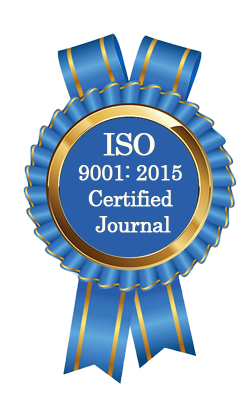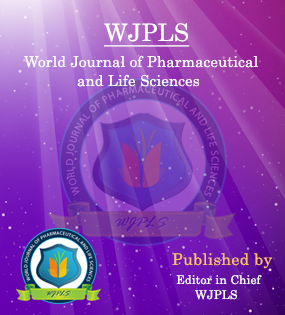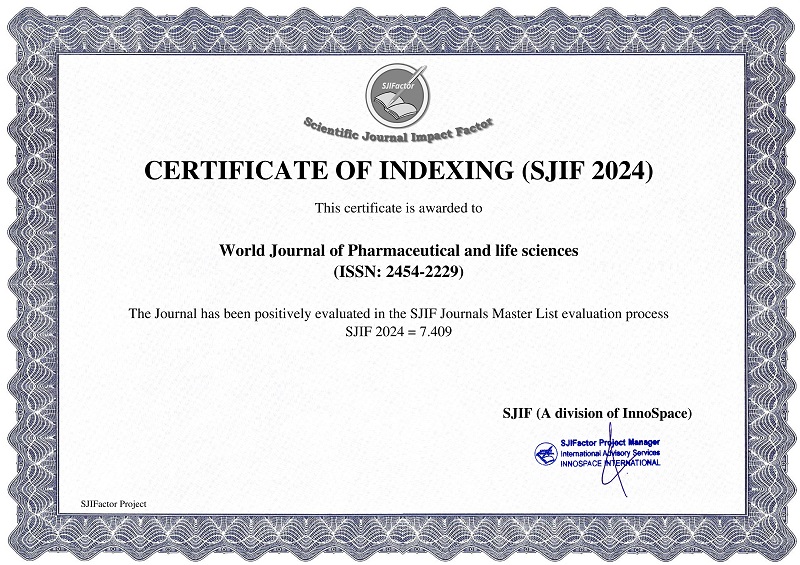Abstract
ASSESSING RISK AND PREVENTIVE APPROACHES FOR CARDIOVASCULAR DISEASES: CURRENT INSIGHTS
K. Vishalakshi* and Rajani Gunnam
ABSTRACT
Cardiovascular diseases (CVDs) remain the leading cause of mortality globally, accounting for an estimated 17.9 million deaths annually and posing a significant burden on healthcare systems (World Health Organization). This necessitates comprehensive strategies for risk assessment and prevention. CVD risk factors are multifactorial, encompassing non-modifiable elements like age, gender, and genetic predisposition, alongside modifiable factors such as smoking, poor dietary habits, physical inactivity, and conditions like hypertension and diabetes (Piepoli et al., 2016). Advanced risk assessment tools, including the Framingham Risk Score, SCORE, and QRISK3, are pivotal in stratifying individuals based on their 10-year cardiovascular event risk (Grundy et al., 2019). Biomarkers, such as C-reactive protein and lipid profiles, further enhance diagnostic precision and guide preventive strategies (Roth et al., 2020). Preventive strategies are broadly categorized into primary and secondary measures. Primary prevention emphasizes lifestyle modifications, including adherence to heart-healthy diets like the Mediterranean or DASH, regular physical activity, smoking cessation, and moderation of alcohol consumption (Yusuf et al., 2004). Pharmacological approaches, such as statins, antihypertensives, and SGLT2 inhibitors, play a critical role in managing hyperlipidemia and associated conditions (Grundy et al., 2019). Secondary prevention includes antiplatelet therapy, stringent risk factor management, and cardiac rehabilitation programs to prevent recurrent events (Piepoli et al., 2016). Public health initiatives, such as awareness campaigns promoting healthy lifestyles, policy-driven sodium reduction, and increasing healthcare accessibility, further complement individual-level prevention efforts (World Health Organization). Emerging innovations in personalized medicine, wearable technologies, and real-time monitoring offer promising avenues for individualized care. However, challenges such as limited healthcare access and variable adherence to preventive measures necessitate global collaboration to mitigate the impact of CVD.
[Full Text Article] [Download Certificate]WJPLS CITATION 
| All | Since 2020 | |
| Citation | 590 | 424 |
| h-index | 12 | 10 |
| i10-index | 17 | 14 |
INDEXING
NEWS & UPDATION
BEST ARTICLE AWARDS
World Journal of Pharmaceutical and life sciences is giving Best Article Award in every Issue for Best Article and Issue Certificate of Appreciation to the Authors to promote research activity of scholar.
Best Article of current issue
Download Article : Click here





